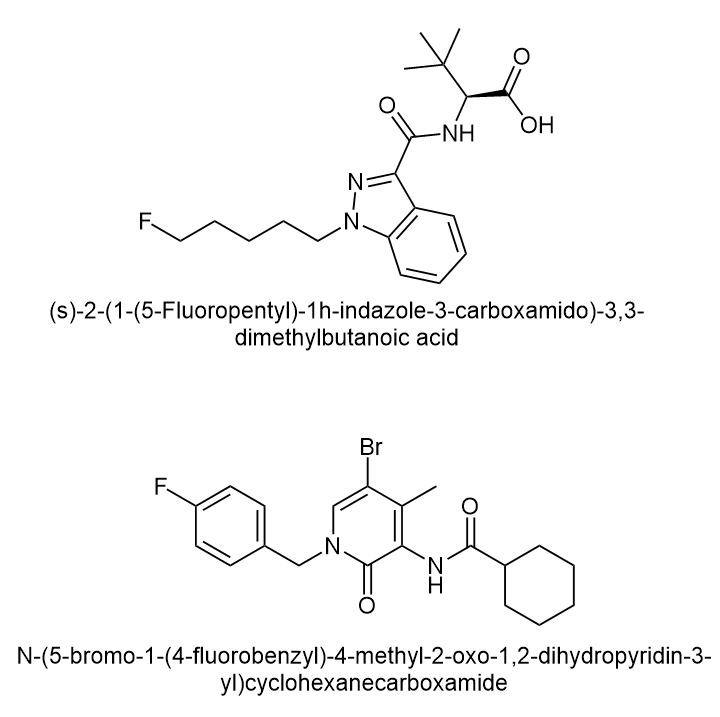BestU8
Greenlighter
- Joined
- May 8, 2023
- Messages
- 3
A trend is breaking out where newer noids are being sold under coded names without providing basic chemical information such as IUPAC and chemical structure.
This is being done purposefully to prevent the chemicals from getting banned too quickly.
But the problem is that as professional researchers it's impossible to carry out research without at least properly identifying the chemical.
To researchers encountering this problem www.caymanchem.com can be of great help although not always updated.
Any information about the following new cannabinoids would be of great help to me and the like-minded community;
This is being done purposefully to prevent the chemicals from getting banned too quickly.
But the problem is that as professional researchers it's impossible to carry out research without at least properly identifying the chemical.
To researchers encountering this problem www.caymanchem.com can be of great help although not always updated.
Any information about the following new cannabinoids would be of great help to me and the like-minded community;
- 7-AFF
- 7-ADB (IUPAC: (S)-2-(1-(5-fluoropentyl)-1H-indazole-3-carboxamide)-3,3-dimethylbutanoic acid) Chemical structure unknown.
- SGT-507 (Described as similar to 5F SGT-151 by vendor...)
- 6TP/SGT (IUPAC: N-(5-bromo-1-(4-fluorobenzyl)-4-methyl-2-oxo-1,2-dihydropyridin-3-yl)cyclohexanecarboxamide) Chemical structure unknown.






